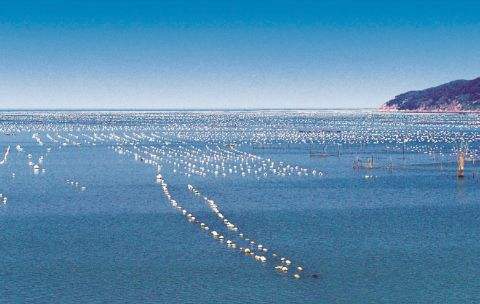"Biologists," according to the New York Times, "estimate that 90 percent of lobsters are caught within a year after they reach the legal minimum size at about age six." Despite declining catches, New England fishermen continue to receive state and federal tax incentives that encourage them—in some cases all but compel them—to acquire bigger boats and to harvest the seas more intensively. Today fishermen of Massachusetts are reduced to fishing the hideous hagfish, for which there is a slight market in the Far East, but even their numbers are now falling.

We are remarkably ignorant of the dynamics that rule life in the sea. While marine life is poorer than it ought to be in areas that have been overfished, in some naturally impoverished waters there is far more life than there ought to be. The southern oceans around Antarctica produce only about 3 percent of the world's phytoplankton—far too little, it would seem, to support a complex ecosystem, and yet it does. Crab-eater seals are not a species of animal that most of us have heard of, but they may actually be the second most numerous large species of animal on Earth, after humans. As many as fifteen million of them may live on the pack ice around Antarctica. There are also perhaps two million Weddel seals, at least half a million emperor penguins, and maybe as many as four million Adelie penguins. The food chain is thus hopelessly top heavy, but somehow it works. Remarkably no one knows how.












